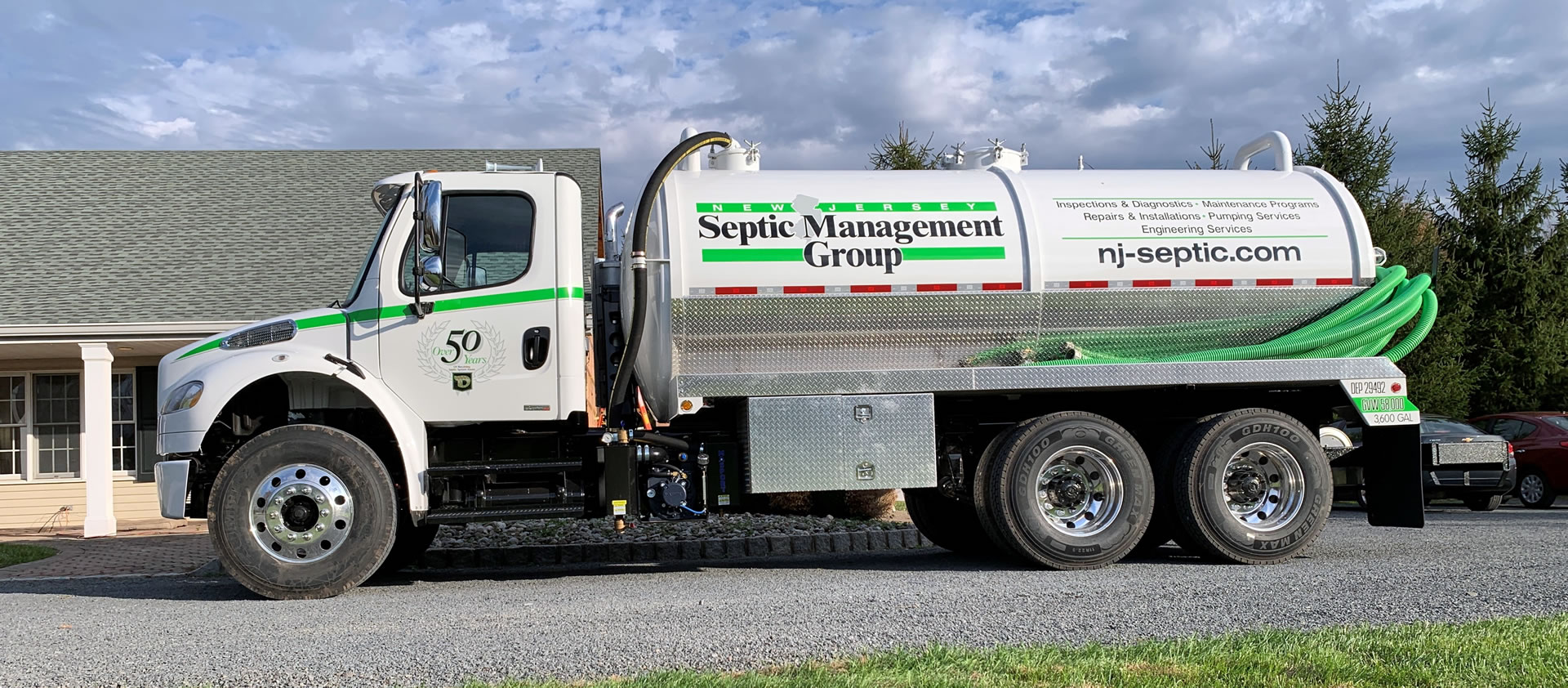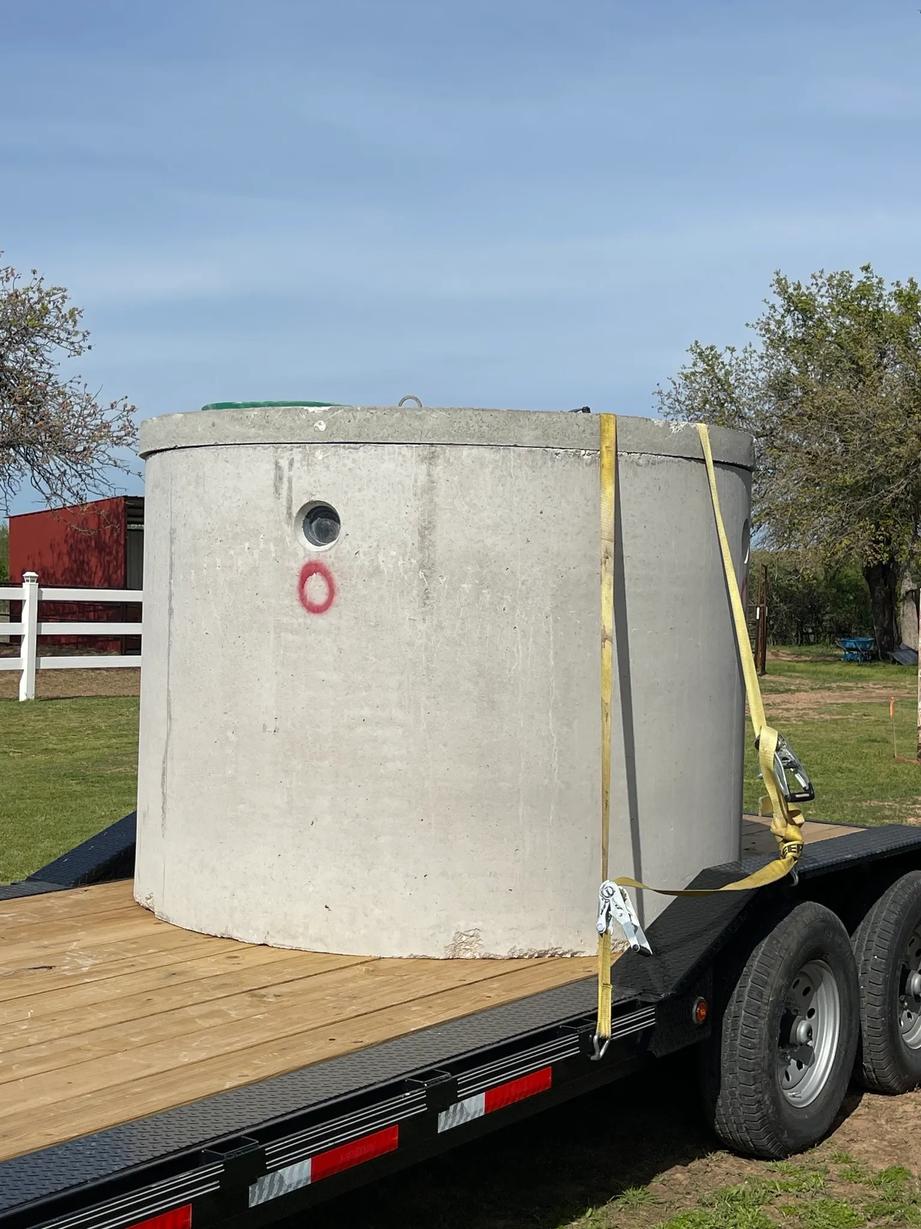How Stillwell Septic And Grading can Save You Time, Stress, and Money.
Table of ContentsAll about Stillwell Septic And GradingThe 9-Minute Rule for Stillwell Septic And GradingGet This Report about Stillwell Septic And GradingGet This Report about Stillwell Septic And GradingFacts About Stillwell Septic And Grading UncoveredStillwell Septic And Grading - QuestionsHow Stillwell Septic And Grading can Save You Time, Stress, and Money.
Overall, septic tank installment is a complex procedure that calls for cautious preparation and execution. Property owners ought to collaborate with a reliable installation group and understand regional laws and needs to make certain that their septic tank works properly for many years to come. After the septic system has been installed and attached to the drain field, it is time to backfill the location.The backfill product must be without clods, big rocks, icy matter, and debris that can result in voids in the backfill that may enable settling over time. Crushed rock or pea gravel 1/2-inch in size is preferred if native products are not suitable. When the backfilling is full, it is time to landscape the area.
When the septic tank has actually been set up, it is critical to check it to ensure that it is working properly (Stillwell Septic). https://www.openlearning.com/u/georgebraden-sa8fdk/about/. Examining the system entails checking for leakages, ensuring that the container goes to the proper degree, and examining the drain area. Among one of the most usual tests executed is the hydraulic tons examination
More About Stillwell Septic And Grading
The water is after that checked to ensure that it streams properly via the pipelines and right into the drainpipe field. If the water does not move appropriately or supports into the storage tank, it might show a trouble with the system. One more examination that is generally carried out is the dye test.
The color is after that kept track of to ensure that it streams appropriately via the pipes and right into the drain field. If the color does not stream properly or shows up in the incorrect place, it might suggest an issue with the system. It is necessary to have an expert do these tests to guarantee that they are done properly.

The 30-Second Trick For Stillwell Septic And Grading
Below are some important pointers for home owners to keep their septic tank: The typical home septic system need to be inspected a minimum of every 3 years by a septic solution expert. The regularity of pumping depends upon the dimension of the storage tank and the variety of individuals using it. https://www.webtoolhub.com/profile.aspx?user=42382892. A basic guideline is to pump the tank every 3 to 5 years
Using water-efficient fixtures and devices, such as low-flow showerheads and bathrooms, can lower water use and aid the septic system work extra efficiently. Just flush commode paper and human waste down the commode. Stay clear of purging anything else, including feminine health items, infant wipes, and food preparation oil, as they can clog the system.
Get This Report about Stillwell Septic And Grading
Sewage-disposal tank setup is a complex process that needs careful planning and execution. Home owners should understand the required steps involved in the installment process to make sure that their septic system operates properly and effectively. The initial step is to evaluate the site where the septic system will be installed.
As soon as the website has been evaluated, the following action is to prepare for the setup. Home owners must make sure that their professional is experienced in septic tank installation and will certainly function along with them throughout the process.
How Stillwell Septic And Grading can Save You Time, Stress, and Money.

Property owners have to be conscious of the needed steps associated with the installation process to ensure that their septic tank operates appropriately and efficiently. By read the full info here complying with these actions and keeping their system, home owners can feel confident that their septic system will certainly supply dependable wastewater treatment for numerous years to find.
Virtually one in five united state homes have septic systems. Yours may be one of them. If you're not effectively preserving your septic tank, you're not just hurting the environment, you're putting your family members's health at riskand may be purging thousands of dollars down the tubes! Do Your Part, Be SepticSmart: The Do's and Do n'ts of Your Septic tank.
Our Stillwell Septic And Grading Statements

All that additional water can actually strain your septic tank. Stagger making use of water-generating devices. This can be handy specifically if your system has not been pumped in a very long time. Come to be a lot more water effective by dealing with plumbing leakages and take into consideration installing restroom and cooking area faucet aerators and water-efficient items.
How Stillwell Septic And Grading can Save You Time, Stress, and Money.
Know your system's location. When you have the container pumped, draw a layout or map showing its place in connection to taken care of points - corners of the home, actions, or fencing messages.
Reduce the amount of wastewater that need to be dealt with and disposed of by your system: Laundry no even more than one or two tons of garments daily. Up to 53 gallons of water flooding your septic system with each load, so it's best to spread laundry out over the week.